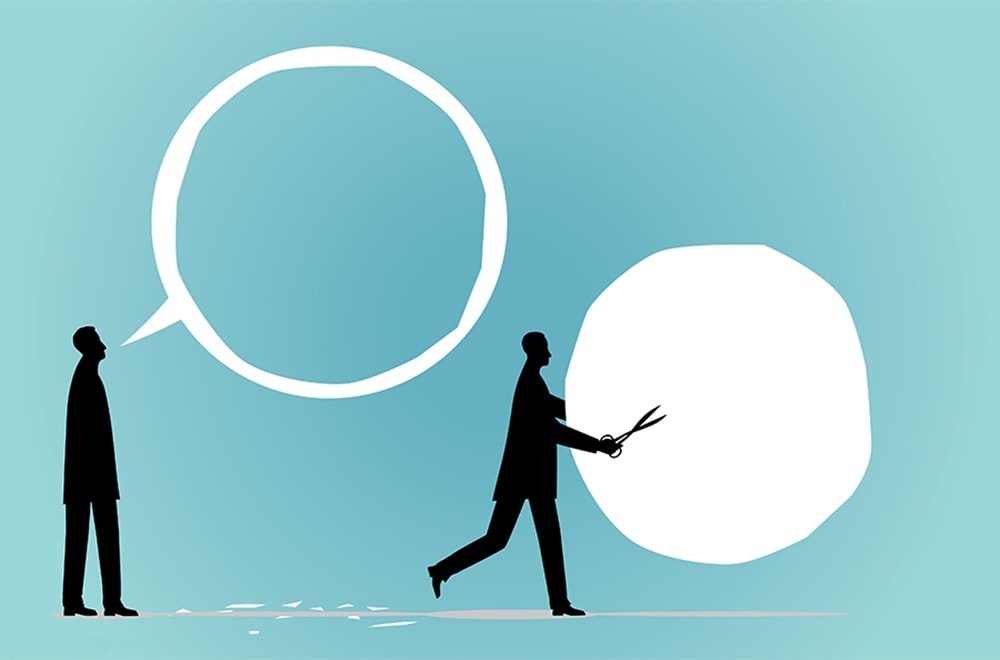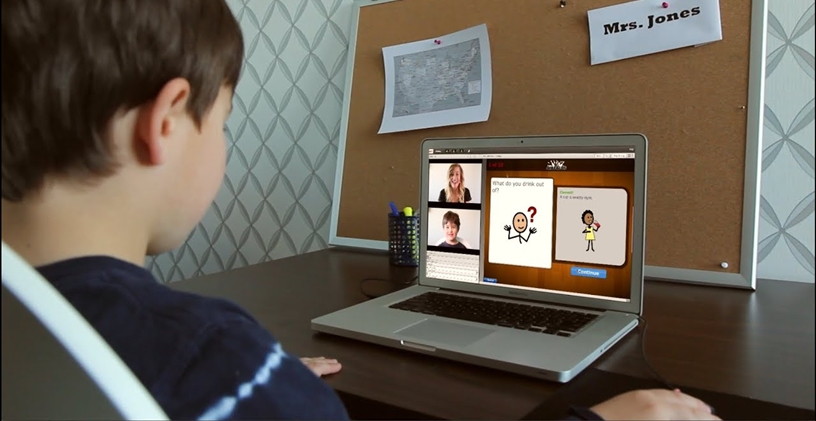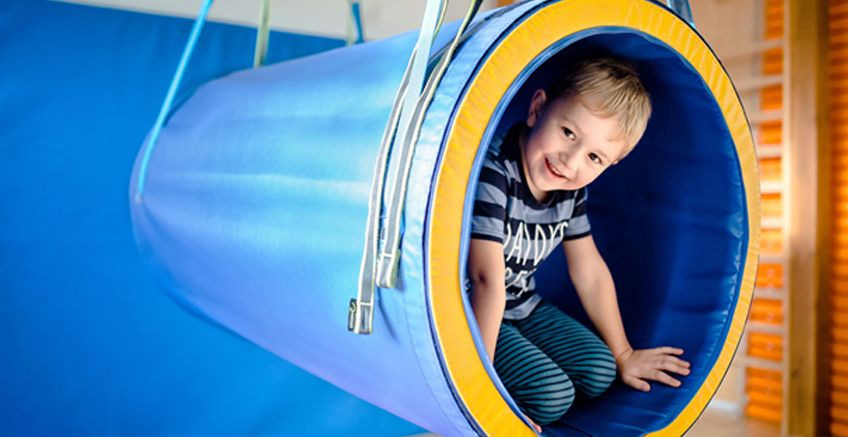Introverts vs. Extroverts: A Family Feud

My husband has long had a greater appetite for socializing than I do; this was a semi-frequent clash of ours before the pandemic that was papered over during quarantine because nobody could go anywhere. It would come out in small ways as we were working in the same limited space (my husband likes to chat during the workday; I like to bury my face in a computer in a silent room), but mostly my preferences won out.
Now that we’re re-emerging into the world, the clash is back, and I realize it also extends to our children. Our little one is more like my husband, while our older daughter is more like me. She and I don’t mind seeing people, though sometimes we need to be coaxed into socializing — and always require downtime to recharge. The more extroverted pair can be endlessly out and about, with less recharging needed. None of us is at the extremes of introversion or extroversion, but there is tension when we’re trying to figure out family activities.
When I started talking to experts about how to navigate our differences, the first thing I learned is that not everyone agrees on the definitions of “introvert” and “extrovert,” and it’s essential to define terms if you’re going to assess your own family dynamics. Kenneth Rubin, a professor of human development at the University of Maryland, who has been studying social withdrawal for decades, said that “people throw around terms like ‘shyness,’ or ‘introversion,’ or ‘preference for solitude,’ or ‘social anxiety’ into one big box, when in fact they’re all rather different.”
Shyness is being reticent in social company. With preschoolers, Dr. Rubin said, shyness is based on a fear of the unknown; with older children and adults, it is based on the fear of being judged. Social anxiety is “shyness on steroids,” as Melinda Wenner Moyer put it in our guide on how to deal with shy children. “It’s a diagnosable disorder characterized by a fear of being watched and judged by others that is so intense and persistent that it disrupts daily life,” she wrote.
Introversion is a preference for solitude, and is sometimes defined as losing energy from social situations, while extroversion is gaining energy from social situations. “I really like energy as a shorthand for talking about the whole thing,” said Susan Cain, the author of “Quiet: The Power of Introverts in a World That Can’t Stop Talking.” “I tell people to imagine themselves with company they’re truly enjoying and think about how they feel at about the two-to-three hour mark. As an extrovert, you’re wishing for the party to last. As an introvert, no matter how socially skilled you are, you do start to feel like your battery is drained and you need to recharge.” This definition resonated with me — after about two hours of socializing it’s like a switch flips inside me and I need to take a break from people, even if it’s just five minutes in the bathroom silently staring at my phone
So how do you figure out whether your family members are shy or introverted, and how do you make sure everyone gets what they need, socially speaking? Here are some tips.
Figure out each family member’s preferences. For kids, start by observing them when they’re interacting with others. If they are anxious or disoriented at the playground — always sticking to the periphery instead of jumping into the fray, no matter how long you’re there — they may be shy, Dr. Rubin said. If, like my older daughter, they need a lot of coaxing to leave the house, but enjoy engaging once they’re in an activity, they are likely introverted.
For adults, ask yourself this question, said Ms. Cain: “Imagine if you had an entire weekend to yourself with no social, family, professional obligations. How would you spend your time?” The answer will reveal how much you really enjoy socializing and how much feels obligatory.
Working to understand everyone’s natures and preferences through observation and discussion may seem obvious, but “it’s not obvious at all,” Ms. Cain said. “Most families have unspoken, unrealized expectations about what is the right way to be,” she said. So if you are an introvert in an extroverted family, or vice-versa, your needs may be overlooked or misunderstood.
Discuss plans beforehand. Having discussions about weekend activities you might do as a family and letting everyone voice opinions is essential, said Kristine Nicolini, an assistant professor in the journalism department at the University of Wisconsin-Oshkosh, who wrote her dissertation on introversion and family communication dynamics. You might agree to do two social things on a Saturday, but schedule down time in between play dates and barbecues.
It’s also worth being aware of the family dynamics when you’re socializing, Dr. Nicolini said. Extroverted family members can invite their more introverted siblings or spouses into conversations to make sure they feel included, she said.
Divide and conquer. Doing different activities to satisfy introverts and extroverts some of the time may help get everyone what they need, Ms. Cain said. My husband might take my younger daughter out to her favorite park, while my older daughter and I will stay home and putter and read. Everyone is happy. With us as a couple, my husband will see friends after the kids are in bed, while I stay home and watch TV and fold laundry. We are both living our best lives.
That doesn’t mean we always avoid conflict. Leisure time, especially when we get to go out together without our children, is a zero sum game. I prefer to spend this leisure time just the two of us, while he prefers hanging out with a larger group.
Sometimes we compromise by going out to dinner alone and then meeting friends later. Sometimes I head home before my husband but am mildly annoyed about it. In a weird way, the pandemic has made me grateful to be back to these old irritations; I find them comforting, like a scratchy old blanket. I’m just so glad we can socialize again at all.
References
This article is written by Jessica Grose. You can find the original version of this article from here.







